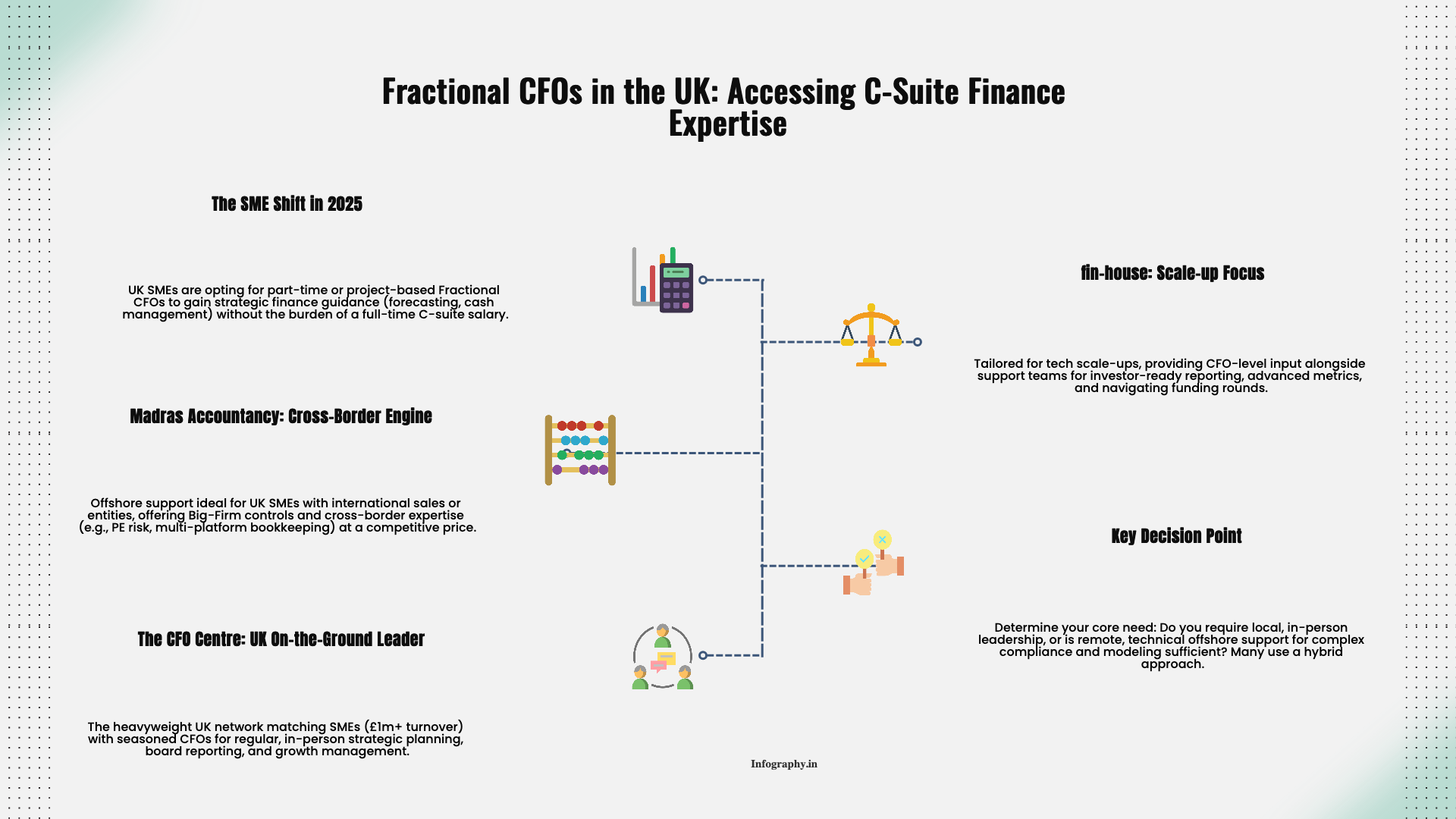Most retirement accounts are built around mutual funds and ETFs. If you ask a typical brokerage whether you can buy a rental property inside your IRA, the answer often sounds like "no," when the real answer is "not on this platform." The tax rules have allowed real estate in IRAs for decades—you just need the right structure and discipline.
A Self-Directed IRA (SDIRA) opens that door. It lets you use retirement dollars to buy tangible assets like rentals, commercial buildings, or land. The trade-off is that the rules are more complex, and mistakes carry higher stakes than in a conventional portfolio.
At a high level, a self-directed IRA is still an IRA. Contributions, distribution rules, and basic tax treatment follow the familiar patterns for traditional or Roth accounts. The key difference is the custodian. A specialized SDIRA custodian agrees to hold assets beyond the usual menu of stocks and bonds and to process transactions on your instructions.
That added flexibility brings responsibilities:
Understanding these boundaries is essential before you move funds or sign purchase contracts.
The main attraction of using an SDIRA for real estate is tax treatment:
In both cases, activity inside the account does not trigger annual income tax filings the way it would if you owned the property personally. That can make long-term, compounding returns more efficient.
The IRS places strict limits on how you can interact with assets in your SDIRA. Violating these rules can disqualify the entire account, effectively treating it as distributed and taxable.
Key concepts include:
These restrictions feel counterintuitive to investors used to active involvement. In an SDIRA, your role is closer to a passive owner giving instructions, not a hands-on landlord.
Purchases inside an SDIRA are funded with IRA cash, rollovers from other retirement accounts, or, in some cases, non-recourse loans. Conventional mortgages that rely on your personal guarantee are not allowed.
If you use leverage, additional rules can apply:
This does not mean leverage is off the table, but it does mean you should model after-tax outcomes carefully before borrowing inside an IRA.
Real estate is illiquid, and retirement accounts come with timing requirements. It is important to plan for:
These constraints do not make SDIRAs unworkable, but they do require looking several years ahead instead of treating each property in isolation.
SDIRAs are best suited for investors who:
If your primary goal is simplicity, or if you rely on your retirement accounts for short-term liquidity, directing those funds into physical property may not be the right fit.
In some cases, it may be more practical to:
The goal is not to force real estate into every corner of your portfolio. It is to match tools to your risk tolerance, administrative capacity, and long-term plans.
Handled thoughtfully, self-directed IRAs can extend the reach of your investing strategy. Handled casually, they can create avoidable tax and compliance problems. The difference usually comes down to preparation, clear boundaries, and a willingness to ask for expert help before—not after—you sign a contract. For more on real estate bookkeeping and choosing real estate investment structures, see our guides.
.png)
December 9, 2025
A straight-talking overview of five small business tax prep options in 2025, including Madras Accountancy, TurboTax, H&R Block, TaxSlayer, and Bench’s books-plus-tax model.

December 9, 2025
An on-the-ground guide to the UK’s fractional CFO ecosystem – London and beyond – including The CFO Centre, fin-house, FD Capital, BKL, BSmart, and how Madras Accountancy fits into cross-border and hybrid models.